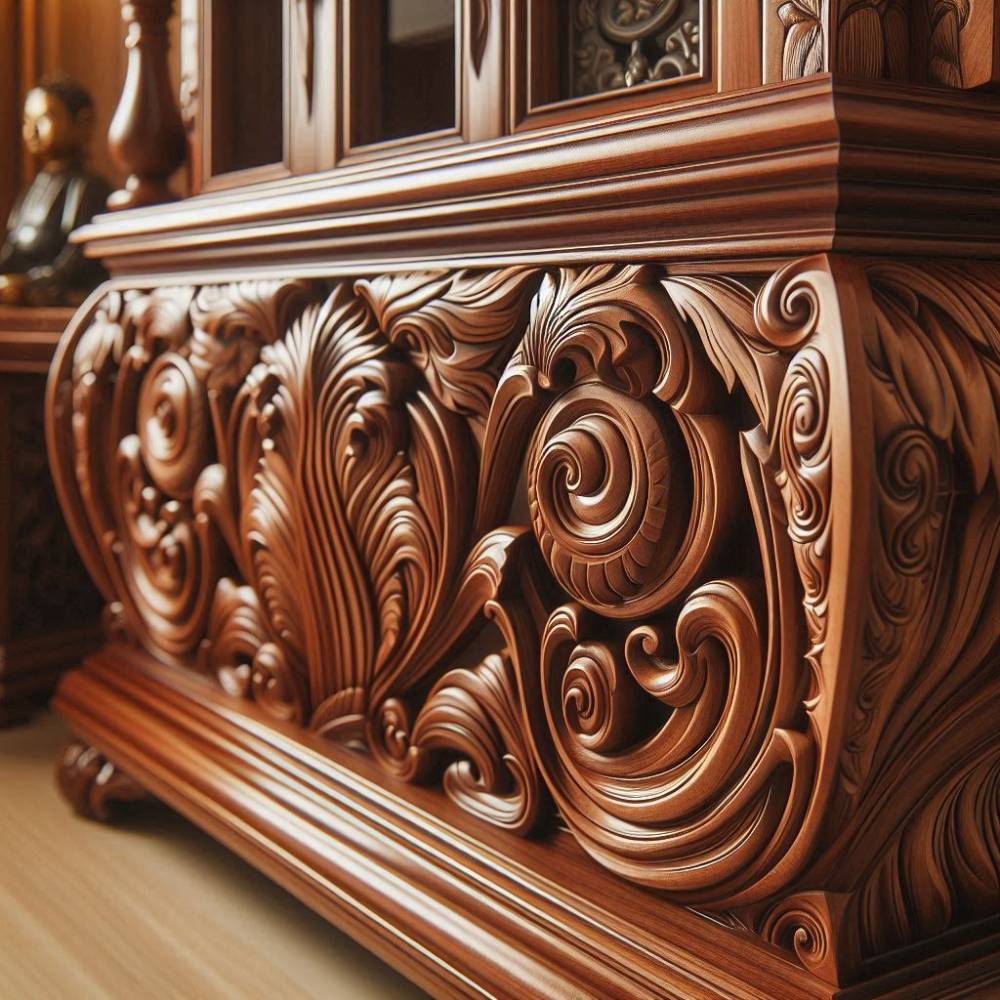Introduction
Woodwork is a defining feature of many homes, adding warmth, character, and timeless beauty to interiors. Whether you’re updating existing woodwork or embarking on a new renovation project, choosing the right finish is crucial to achieving the desired look and durability. At PD Home Renovations Inc., we are dedicated to quality and customer satisfaction, helping homeowners in Waterloo, Ontario, and beyond transform their spaces into dream homes. Our team, committed to excellence from foundational plans to fine-tuning finishing touches, is here to guide you through the process of selecting the perfect finish for your home’s woodwork. This comprehensive guide will help you understand the different types of finishes available, their benefits, and how to choose the best one for your needs.
1. Understanding Different Types of Finishes
Wood finishes come in various types, each with unique characteristics that affect the appearance, protection, and maintenance of your woodwork. Here’s a breakdown of the most common finishes:
1. Oil-Based Finishes:
- Characteristics: Oil-based finishes penetrate deeply into the wood, providing excellent protection and a rich, warm appearance. They enhance the natural grain and color of the wood.
- Types: Includes varnish, polyurethane, and tung oil.
- Benefits: Durable, provides a hard surface, and is relatively easy to apply.
- Considerations: Longer drying times and strong odor; may require multiple coats for full protection.
2. Water-Based Finishes:
- Characteristics: Water-based finishes dry quickly and have low odor. They form a clear, protective layer on the wood’s surface without significantly altering its color.
- Types: Includes water-based polyurethane and acrylic finishes.
- Benefits: Fast drying, low odor, and easy cleanup with soap and water.
- Considerations: May not provide as warm a tone as oil-based finishes and can be less durable in high-traffic areas.
3. Lacquer:
- Characteristics: Lacquer is a fast-drying finish that creates a high-gloss, smooth surface. It is often used for furniture and cabinetry.
- Benefits: Provides a durable, hard finish with a high-gloss appearance. Dries quickly and is easy to apply.
- Considerations: Requires proper ventilation due to strong fumes and may require multiple coats for optimal results.
4. Shellac:
- Characteristics: Shellac is a natural finish made from the secretions of the lac bug. It provides a warm, amber tone and is often used for antique restorations.
- Benefits: Easy to apply and repair, and provides a unique, warm finish.
- Considerations: Less durable than other finishes and can be affected by alcohol and certain cleaners.
5. Wax:
- Characteristics: Wax finishes provide a soft, natural luster and are often used as a topcoat over other finishes.
- Benefits: Easy to apply and maintain, enhances the natural beauty of the wood.
- Considerations: Requires regular reapplication and may not provide as much protection as other finishes.
2. Factors to Consider When Choosing a Finish
Selecting the right finish involves considering several factors to ensure it meets your needs and complements your woodwork. Here’s what to keep in mind:
1. Wood Type:
- Different types of wood absorb finishes differently. For example, softer woods like pine may soak up finishes more quickly than hardwoods like oak. Consider how the finish will interact with the type of wood you’re using.
2. Desired Appearance:
- Think about the look you want to achieve. Do you prefer a glossy, high-shine finish, or a matte, natural look? Your choice of finish will affect the final appearance of your woodwork.
3. Durability and Maintenance:
- Consider the level of wear and tear your woodwork will experience. High-traffic areas or surfaces exposed to moisture may require a more durable finish. Also, think about the maintenance involved; some finishes require more frequent upkeep than others.
4. Application Process:
- Different finishes have varying application processes. Some may require multiple coats and extensive drying time, while others are quicker and easier to apply. Choose a finish that matches your skill level and timeline.
5. Environmental Impact:
- If sustainability is important to you, consider the environmental impact of your finish. Water-based finishes and low-VOC options are generally more eco-friendly than traditional oil-based finishes.
3. Application Tips for a Professional Finish
Achieving a professional-looking finish requires careful preparation and application. Here are some tips to help you get the best results:
1. Prepare the Surface:
- Ensure the wood surface is clean, dry, and free of dust or grease. Sand the wood thoroughly to create a smooth surface and ensure better adhesion of the finish.
2. Test the Finish:
- Always test the finish on a small, inconspicuous area or a scrap piece of wood to see how it affects the color and appearance. This will help you avoid any surprises and ensure you’re satisfied with the result.
3. Apply Even Coats:
- Apply the finish in thin, even coats to avoid drips and streaks. Follow the manufacturer’s instructions for application and drying times, and use high-quality brushes or applicators for a smooth finish.
4. Sand Between Coats:
- For a flawless finish, lightly sand the surface between coats with fine-grit sandpaper to remove any imperfections and ensure better adhesion of the next coat.
5. Ventilation and Safety:
- Ensure proper ventilation in the area where you’re applying the finish, especially if you’re using products with strong fumes. Follow all safety precautions, including wearing protective gear if needed.
4. Common Mistakes to Avoid
To ensure a successful finishing project, be aware of these common mistakes and how to avoid them:
1. Skipping Preparation:
- Neglecting to properly prepare the surface can lead to poor adhesion and a subpar finish. Always take the time to sand, clean, and prepare the wood before applying the finish.
2. Overusing Finish:
- Applying too much finish can result in a sticky or uneven surface. Apply thin, even coats and follow the recommended application guidelines.
3. Ignoring Drying Times:
- Rushing the drying process or applying additional coats before the previous one is fully dry can lead to imperfections. Follow the manufacturer’s drying time recommendations for optimal results.
4. Using the Wrong Tools:
- Using low-quality brushes or applicators can affect the finish’s appearance. Invest in high-quality tools to achieve a smooth, professional result.
5. Conclusion
Choosing the perfect finish for your home’s woodwork involves considering various factors, including the type of wood, desired appearance, durability, and application process. By understanding the different types of finishes and their characteristics, you can make an informed decision that enhances the beauty and functionality of your woodwork.
At PD Home Renovations Inc., we are passionate about creating beautiful and functional spaces that you will love for years to come. Whether you need foundational plans or fine-tuning finishing touches, our team is dedicated to exceeding your expectations and delivering exceptional results.To book an appointment or learn more about our woodwork finishing services, please contact us at https://pdrenovations.ca/contact-us/. Let us help you choose the perfect finish and transform your home’s woodwork into a stunning feature of your space.







